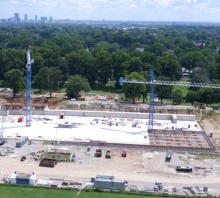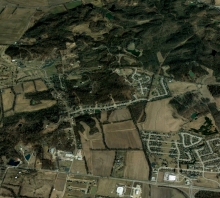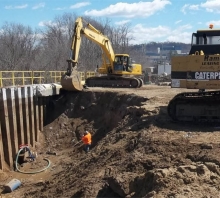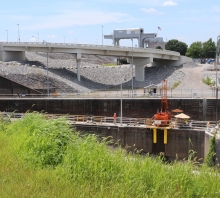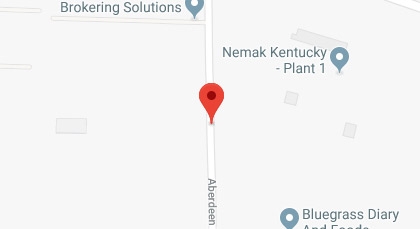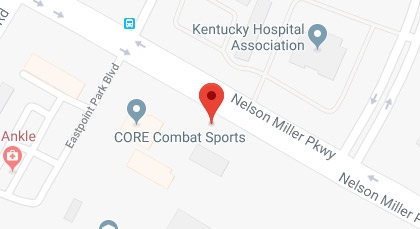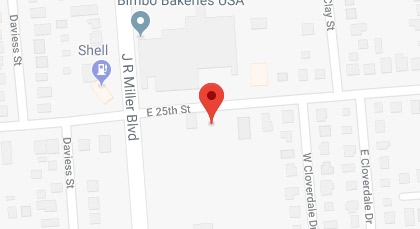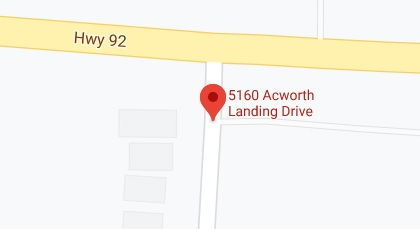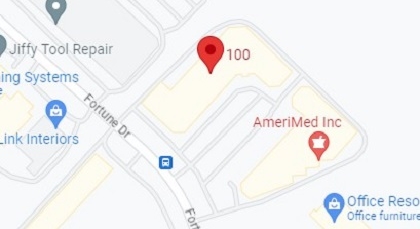LaGrange Lock and Dam is located 7.8 miles below Beardstown, Illinois 80.2 miles above the confluence of the Illinois River with the Mississippi River at Grafton, Illinois. LaGrange is one of only two wicket dams on the Illinois Waterway. During high flows, the wickets are lowered and open river conditions prevail. The lock is used only during low and moderate river flows when the wicket dams are raised to maintain the nine-foot navigation depth.
Under contract with the Rock Island District USACE, Shimmick Construction and subcontractor JF Brennan Company completed removal and replacement of all the miter gate and tainter valve hydraulic and electrical control equipment, as well as the removal and replacement of the associated anchorages. The project also required the dewatering and refacing of the lock chamber and construction and installation of mechanical equipment-protection structures, cutting in new hydraulic piping trenches and resurfacing the horizontal surfaces. The scope also included construction of a new two-level concrete building, a concrete road, a parking lot, additions to the maintenance building, and a sewage lift station.
To support the dewatering effort and allow for monitoring of water levels, AEI’s geotechnical engineers and drill crews completed six borings with installation of stainless steel piezometers within the existing lock chamber walls. AEI’s track-mounted drill rig was picked and set using a crane provided by JF Brennan. The holes for installation of the piezometers were drilled utilizing PQ-sized coring equipment. The borings were drilled through the lock chamber wall and five feet beyond the bottom of the concrete into the riverbed. The well screen tips were set a minimum of 5 feet below the top of the foundation material. The well installation was finished by backfilling with sand from the bottom of the hole to 12 inches above the bottom of the lock wall. A 1-foot thick bentonite pellet seal was placed, followed by placement of non-shrink hydraulic cement grout tremied to the top of the well. The flush-mount well caps were stamped with well numbers as specified in the contract documents. The wells were flushed and pumped 48 to 72 hours after installation in accordance with ASTM D5521.
All field work was completed with no safety incidents in accordance with the Site Safety & Health Plan (SSHP) prepared by AEI and approved by JF Brennan.













